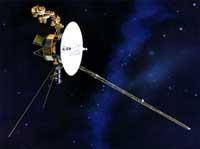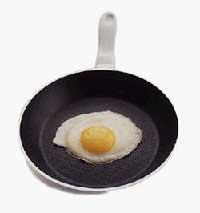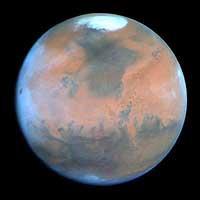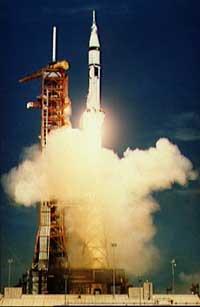Oxygen ‘eats’ the protective layer of spacecraft
2002/06/20 Lasa Iglesias, Aitziber - STEAM Hezkuntza arloko arduraduna
Spacecraft orbit at a distance between 180 and 650 km from the terrestrial surface, so they do not protect the atmosphere. For this reason, they usually have teflon plates in the form of a mirror cover, since until now it has been considered that teflon, which is on the surface of some pans, is a very stable and resistant material.

However, when the oxygen contained in the highest layer of the atmosphere is affected by the ultraviolet rays coming from the Sun, it is distributed in the oxygen radicals, these radicals have discovered that they erode the teflone of the rocket, that is, they possess enough energy to break the molecular structure of the teflon.
Lou Massa, of the University City of New York, believes that his discovery has two main consequences: on the one hand, that the conditions in space are increasingly known and, on the other, that a better understanding of the mechanism of erosion of the teflon can facilitate the development of new materials.
For more information click here.

Gai honi buruzko eduki gehiago
Elhuyarrek garatutako teknologia






